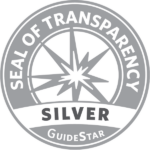Extreme Heat: A Guide for Health Professionals & Patients Author: Todd L. Sack MD FACP Heat kills more Americans than floods, hurricanes, tornadoes, and earthquakes combined. This is why health professionals and their patients should know the dangers of heat and know the signs of heat…
Contact the Editor for help: [email protected] or 904-403-6446 (USA). Register Now!





